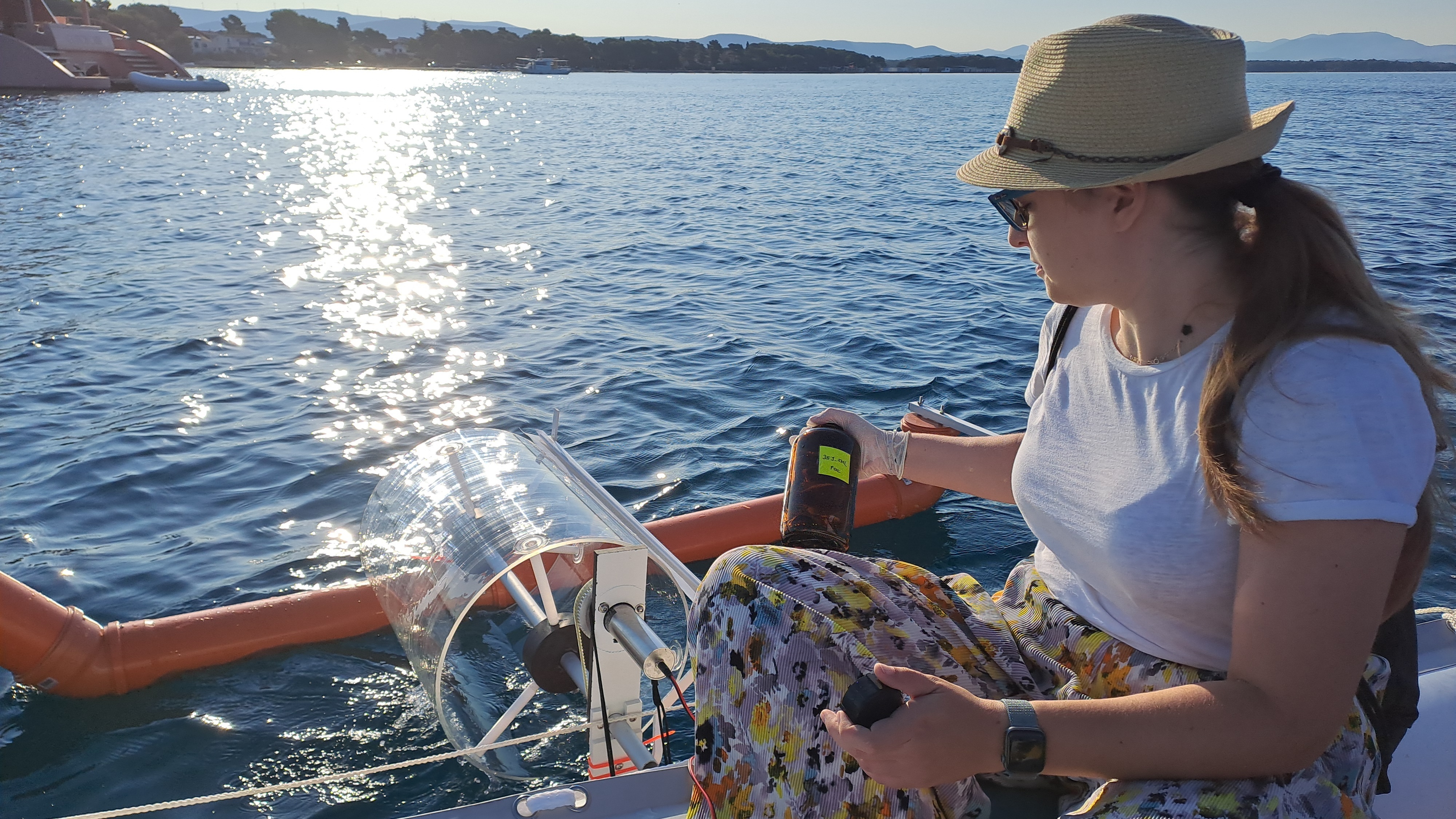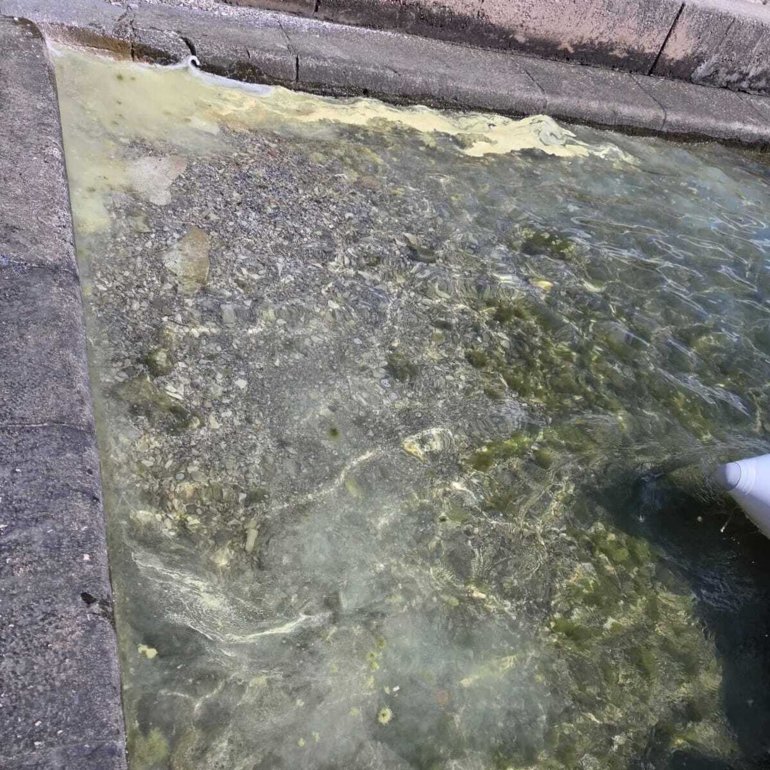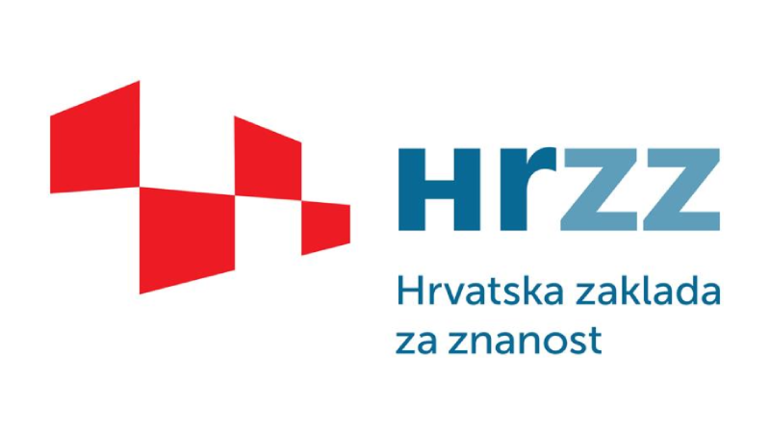Why Should We Care? Because in an era of climate change, pollen is no longer just a seasonal nuisance, it's a driver of ecological shifts. What used to be a springtime footnote is fast becoming a game-changer in the marine ecosystem.
Science in Action at Martinska Marine Station
At the Martinska marine research station in the Šibenik Channel, scientists from the Ruđer Bošković Institute’s Division for Marine and Environmental Research are tracking the journey of pollen from land to sea. The project – called POLLMAR (Pollen in the Adriatic Sea: input dynamics, chemical characterization and impact on primary production) – aims to understand how much pollen ends up in the sea, how it behaves, what compounds it releases, and most importantly, how it affects marine life.
“Scientific models are quite clear: as atmospheric CO₂ levels rise, so does the pollen season. Plants produce more pollen, and wind carries those microscopic particles farther than ever – including over the sea,” explains Dr. Slađana Strmečki Kos, the project’s coordinator. “Our goal, together with partners from Croatia, Portugal, and Poland, is to understand what happens when airborne pollen meets seawater – and why this matters in the context of climate change.”
More CO₂, More Pollen, More Trouble?
Pollen isn’t just a yellow dusting on the surface. Each grain carries organic compounds, trace pollutants, and nutrients that can upset the delicate balance of the sea – especially in nutrient-poor regions like the central Adriatic. There, the influx of pollen can spark sudden and unwanted changes, such as a surge in microbial growth at the very bottom of the marine food web.
And this is just the beginning. Warmer temperatures and longer growing seasons mean more pollen in the air, and ultimately, more of it ending up in the sea.
Scientists warn that in the years ahead, the Adriatic may increasingly wear a yellow coat – not because of pollution, but because natural cycles are entering uncharted territory. That’s why it’s critical to monitor and understand these changes now, while we still have time to adapt.
Lab Coats and Pollen Trails: Tracking Invisible Impacts
POLLMAR is the first scientific project in Croatia, and one of the few in Europe, to systematically investigate how pollen affects the sea. The project team brings together experts in atmospheric chemistry, aerobiology, marine science, and biogeochemistry – joined by colleagues from the Faculty of Science (University of Zagreb), the Andrija Štampar Institute of Public Health, the Institute for Medical Research and Occupational Health, the University of Porto, and the University of Silesia in Poland.
Together, they’re piecing together a comprehensive scientific picture to help us manage and protect the sea we love and depend on.
A Microscale Ocean in a Test Tube
To understand how pollen behaves in the sea, the researchers are running "microcosm experiments" – miniature marine worlds created in the lab. These allow them to observe how different types of pollen affect marine microalgae, bacteria, and water chemistry.
From March to September 2024, the team conducted biweekly sampling at sea – both in front of Martinska and near Jadrija – collecting not just water, but also air, rain, pollen, and airborne particles. They're monitoring how pollen bursts in saltwater, what substances are released, how long it floats, and how deep it sinks.
In the lab, they’re recreating these dynamics to measure how pollen affects primary production – the process by which marine organisms, through photosynthesis, create organic matter that sustains the entire oceanic food chain.
Connecting Land and Sea Through Pollen
While the impact of pollen on lakes and rivers has been studied before, its role in the marine environment has remained a blind spot. POLLMAR breaks new ground by connecting the dots – from tree to air, cloud to coast, and ultimately, to the sea’s surface.
One of the project’s goals is also to identify pollutants that bind to pollen grains in the atmosphere and make their way into the sea. These substances may pose risks not only to marine life but potentially to human health – especially in densely populated coastal regions.
“We expect that the insights and data from this project will lead to a more accurate assessment of pollen-related ecological risks and help shape effective protection strategies for coastal marine environments,” says Dr. Strmečki Kos.
A Future That’s Yellower, Warmer – and More Fragile
Pollen is no longer just a springtime reminder of blooming trees. As climate change accelerates, it’s becoming a key environmental player in coastal zones – not just a visual phenomenon, but an ecological one.
In the years to come, the interaction between land and sea will only grow stronger, and pollen may well be one of the clearest signs of this new reality. Understanding how it behaves in the sea is essential for safeguarding the future of the Adriatic – a region of high ecological, economic, and cultural value.
The research is being conducted from 2023 to 2027 as part of the project Pollen in the Adriatic Sea: Input Dynamics, Chemical Characterization and Impact on Primary Production (POLLMAR), funded by the Croatian Science Foundation.




